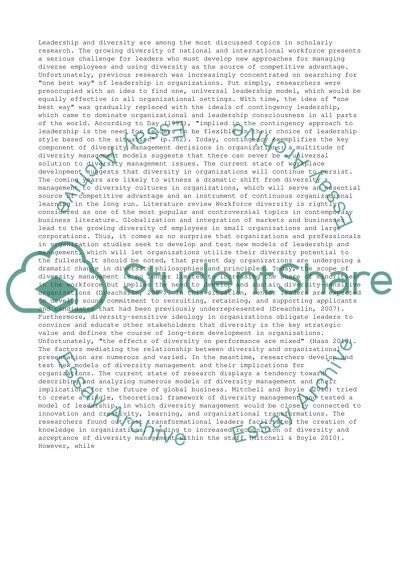Cite this document
(“What is the future of diversity management Essay”, n.d.)
Retrieved from https://studentshare.org/management/1406061-what-is-the-future-of-diversity-management
Retrieved from https://studentshare.org/management/1406061-what-is-the-future-of-diversity-management
(What Is the Future of Diversity Management Essay)
https://studentshare.org/management/1406061-what-is-the-future-of-diversity-management.
https://studentshare.org/management/1406061-what-is-the-future-of-diversity-management.
“What Is the Future of Diversity Management Essay”, n.d. https://studentshare.org/management/1406061-what-is-the-future-of-diversity-management.


